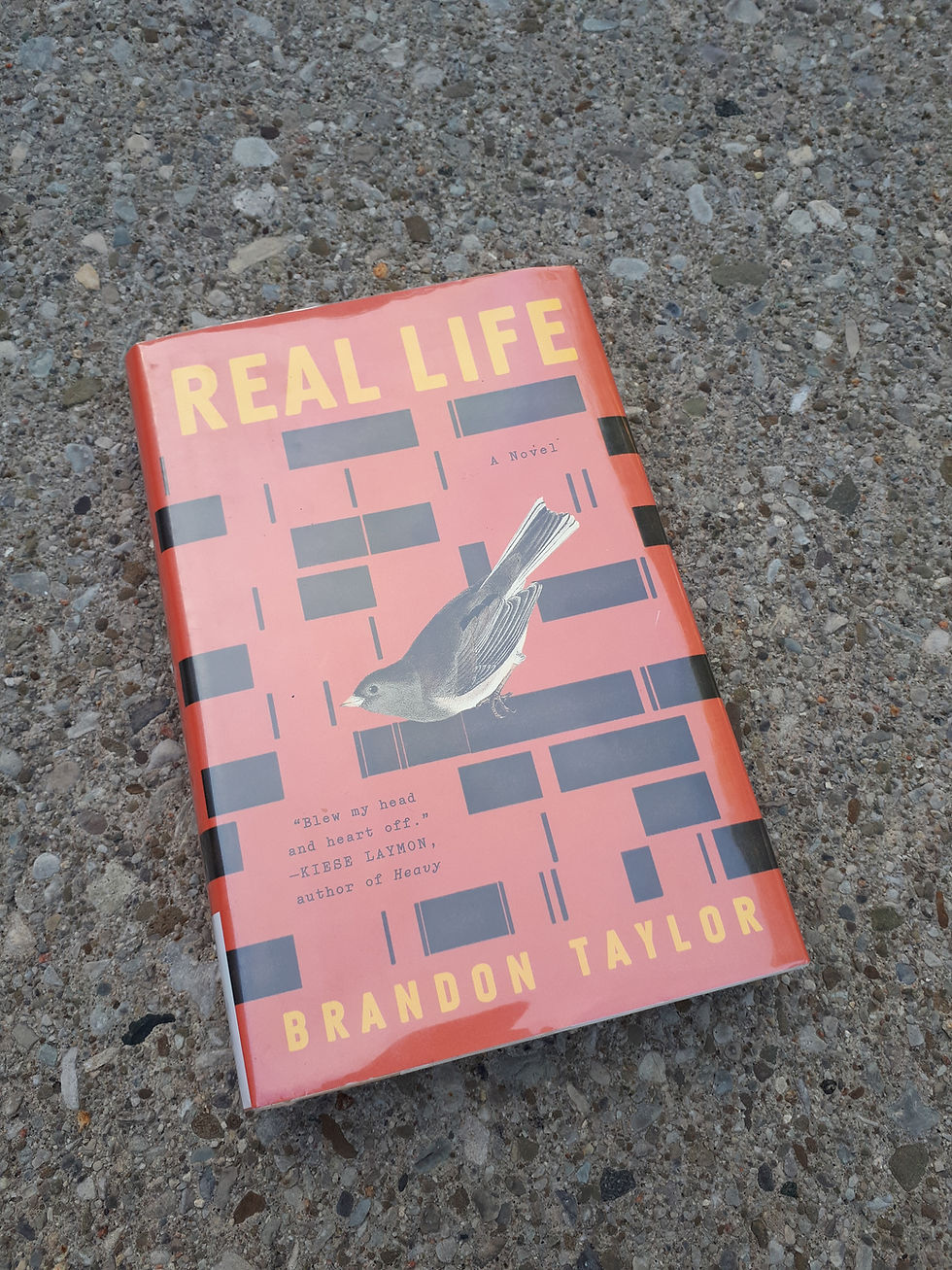Wrapping My Head Around White Supremacy Culture
- Aparna Singhal

- Aug 23, 2021
- 3 min read
“White supremacy” – what comes to mind when you hear this phrase? Images and stories of burning crosses, white cloaks, and the KKK all come to mind for me. Only as I began to read, discuss, and reflect am I coming to understand that these images and ideas are only a partial representation of the concept and history of white supremacy, but they are not helpful in understanding how white supremacy impacts and affects us all. In her book Me and White Supremacy, Layla Saad states,
“white supremacy is the racist ideology that is based upon the belief that white people are superior in many ways to people of other races and that therefore, white people should be dominant over other races.”
This ideology permeates every part of society, through the structures, systems, and people.
In the past few months, I have been introduced to Tema Okum’s work on white supremacy, in particular a thought-provoking list that describes the characteristics of white supremacy culture. Okun articulates fifteen of these norms, expectations, or characteristics: Perfectionism, Sense of Urgency, Defensiveness, Quantity Over Quality, Worship of the Written Word, Only One Right Way, Paternalism, Either/Or Thinking, Power Hoarding, Fear of Open Conflict, Individualism, I’m the Only One, Progress is Bigger, More, Objectivity, and Right to Comfort. She offers examples of the characteristic and how it is present in the world around us as well as offering antidotes to the characteristic.
At first glance, some of these characteristics, norms, and expectations do not seem so bad or dangerous. In fact, many of these behaviors may even masquerade as professional norms that are not only accepted instead of challenged or reformed, but are values we are commonly encouraged to emulate. When reading this list, it can be quite challenging to believe or accept that these traits are actually foundational to or have any connection to white supremacy. What I have come to realize is that the very inability to recognize white supremacy culture for what it is and how it functions is what makes it so difficult to work against.
Okun’s examples and antidotes have proven to be a helpful guide and reference for me as they have enabled me to name the ways that white supremacy easily manifests itself within ourselves, those around us, our families and communities, and organizations. It has given me understanding and language to discuss how white supremacy culture is not just about extremists and extreme behavior; rather, it is a set of norms often so subtle that we may take them for granted. Okun's list has provided a critical lens for me to see how the thoughts, behaviors, and values inherent in white supremacy culture are not only upheld and benefit white people, but are also perpetuated and reinforced by People of Colour. This deep on-going reflection through discussions, journaling, and actions have not only forced me but allowed me to wrestle with my own complicity as opposed to shifting the blame to others.
Now when I think about white supremacy, I no longer see it as an abstract concept or an extremist ideology. I understand that white supremacy culture permeates all aspects of our culture, and confronting it requires an on-going commitment. As I take on a leadership role and new responsibilities in education, I am committing myself to use my position and my voice not only to hold myself accountable but also to challenge and support change around me. I will keep in mind Layla Saad’s wise words:
"Systems are maintained by people. But systems can also be changed by people.”





Comments